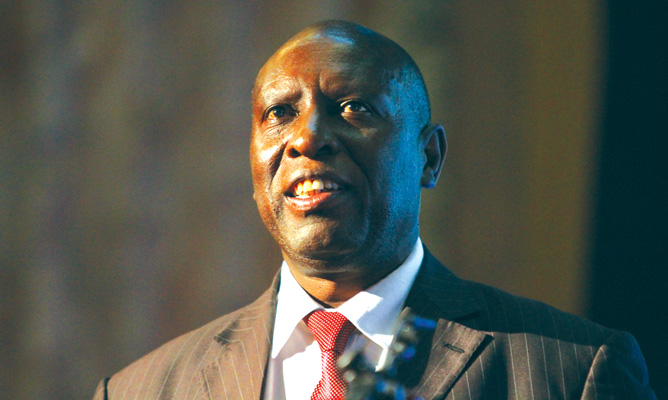Despite international oil prices dropping significantly in recent weeks, the country’s retailers have only marginally reduced their prices, resulting in consumers failing to benefit from the global price decline.

The situation has meant that local fuel prices have remained higher than those in neighbouring countries, making Zimbabwe expensive as a tourist destination and its products uncompetitive in foreign markets.
Fuel prices directly affect logistical costs and other business expenses. It undermines recovery for a country like Zimbabwe battling to extricate itself from an economic crisis precipitated by low productivity and poor domestic demand due to high unemployment levels and low disposable incomes.
The high prices have been largely due to a plethora of taxes, which include duty, a Zimbabwe National Roads Authority (Zinara) road levy, carbon tax, debt redemption and strategic reserve levy.
Duty is pegged at US$0,40 and US$0,45 per litre for diesel and petrol respectively, while the Zinara levy is charged at US$0,06 per litre for both diesel and petrol, according to information obtained from the Zimbabwe Energy Regulatory Authority (ZERA).
Carbon tax is at US$0,13 and US$0,04 per litre for diesel and petrol, respectively. The debt redemption levy, introduced in 2006 to clear a US$170 million Noczim debt, is at US$0,013 and US$0,067 per litre for diesel and petrol, respectively.
The strategic reserve levy attracts a rate of US$0,015 per litre for both diesel and petrol, information from ZERA shows.
Fuel firms and importers also incur administrative costs in the form of storage and handling; clearing agency fees; and financing costs, all of which are part of a pricing structure created through Statutory Instrument 80 of 2014.
In recent weeks, local oil companies slashed prices of fuel by about four percent due to the fall in crude oil prices on the international market and the increase in mandatory ethanol blending.
The price of petrol at most fuel stations went down by US$0,04 per litre, with diesel selling at around US$1,18 per litre, from US$1,22 per litre between March and May, while petrol prices went down to US$1,33 per litre, from around US$1,38 per litre.
But the decline in local fuel prices was so marginal that prices remained far higher than those in neighbouring countries.
In Botswana, South Africa and Namibia, petrol is retailing at US$1,06, US$1,19 and US$1,08 per litre respectively, while in Zambia, it is currently selling at US$1,10 per litre.
ZERA chief executive officer, Gloria Magombo, told the Financial Gazette last week that the current decline in international prices had necessitated the decrease in the price of petrol and diesel on the local market.
She said: “The freight on board or free on board (FOB) prices for diesel declined by US$0,0044 per litre and petrol declined by US$0,043 per litre. The reason for the decline in final fuel prices in Zimbabwe is that Brent crude oil prices have also fluctuated in the same fashion.
“Since the third quarter of 2016, the Organisation of Petroleum Exporting Countries (OPEC) has been putting efforts towards curtailing production as a strategy to boost prices. So far, the measure has not yielded the desired continuous upward movement of prices as non-OPEC countries need to produce more.”
The price of crude oil last week went down by nearly five percent after OPEC and other major exporters, including Russia, extended their current deal to limit production for the next nine months to June 2018.
This resulted in West Texas Intermediate prices in the United States declining to US$49,79 per barrel. Brent crude oil, the global benchmark, was flat at US$52,15.
Zimbabwe consumes about 2,5 million litres of diesel and 1,5 million litres of petrol daily.
Given that the Minister of Energy and Power Development, Samuel Undenge, recently approved the increase in the mandatory blending threshold of petrol from five percent to 10 percent, consumers expected that the price of petrol would go down significantly.
The ethanol blending threshold had been reduced due to shortages of ethanol caused by lack of access to sugar cane fields during the just ended rainfall season.
Ethanol for blending is obtained from Green Fuel, whose sugar plantation is in Chisumbanje.
Its ethanol plant has capacity to produce 250 000 litres per day.
When government directed petroleum players to blend their fuel with ethanol nearly four years ago, the expectation was that petrol prices would come down sharply.
This did not happen. Financial Gazette






